The largest of several studies on the Nite-Guide technique was done under the auspices of Turku University in Turku, Finland, by Keski-Nisula et al (from 2001–2008). The results of this study were reported in two peer-reviewed articles published in 2008. Four towns in Finland were selected, with three of them as the treatment sample of 167 cohorts, and one town served as the control sample of 104 individuals.
Several occlusal dimensions were measured initially at 5.1 years of age and again at the termination of the study at 8.4 years.
The most important of these dimensions were crowding of the mandible and maxilla, overbite, overjet, open-bite, mandibular length (condylion-grathion) and the need for treatment at the end of the study (as a percentage).
embedImagecenter("Imagecenter_1_943",943, "large");
All of the initial measures had no statistical differences, while both groups at the termination of treatment exhibited significant differences at the 0.001 level of significance.
Mandibular crowding had a 98 percent correction from 48 percent to a 1 percent incidence. The maxillary crowding improved 82 percent from 11 percent to 2 percent while the control increased 256 percent (9 to 32 percent incidence).
Both overbite and overjet were treated optimally to 2.1 mm and 1.9 mm. Two millimeters is the ideal recommended measure at this early age (8.4 years) in order to accommodate future jaw growth (Bergersen, 1990, 1995).
Open-bite had a 98 percent correction while the control sample had a 20 percent increase. The Class II canine relation had an 87.5 percent improvement while the control group remained unchanged.
The need for further treatment for overbite and open-bite at the end of
Nite-Guide use was 2 percent compared to 74 percent for the control sample. Mandibular crowding was 1 percent (treated) versus 47 percent (control), and maxillary crowding was 2 percent (treated) versus 32 percent (control).
The conclusion of these results at the termination of the study were expressed as “… little treatment need was left in the treatment group compared with the control group …” (Keski-Nisula et al, 2008).
In a second report from the same study (Keski-Nisula et al, 2008), the most meaningful conclusion was that the mandibular length (condylion-grathion) grew
54.2 percent greater than the control sample (11.1 mm vs. 7.2 mm) or 3.9 mm greater during a three-year period (5.1 to 8.4 years). This represents a very large orthopedic growth factor in correcting overjets and proper intercuspation and also results in little or no overjet relapse in these cases (Bergersen, unpublished research).
Ninety-three percent of 5- to 7-year-old children are candidates for this treatment procedure (Keski-Nisula et al, 2003). Ninety-three percent of children wore the appliance as directed while sleeping, while 62 percent kept the appliance in all night after one week (Methenitou et al, 1990).
It was found that only one hour of passive wear each night was sufficient to obtain a successful result in overbite and overjet (Methenitou et al, 1990).
Research shows that the mean lower arch increase as a result of the incisal eruption is 3.21 mm (Lewis & Lehman, 1929; Korkhaus & Lehmann, 1931; Baume, 1950; Moorrees, 1959).
The mean maximum lower arch enlargement was 5.1 mm (Lewis & Lehman, 1932, 5.5 mm; Baume, 1950, 4.6 mm). The mean maximum upper arch increase was 6.8 mm (Lewis & Lehman, 1932, 7.0 mm; Baume, 1950, 6.5 mm).
The maximum arch increase in a study of 43 individuals using the Nite-Guide technique (Methenitou et al, 1990) was 6.9 mm in the lower and 8.9 mm in the upper arch.
This is a 35.3 percent increase in the mandible and 30.9 percent increase in the maxilla over the above maximum in the literature. This is the approximate mean widths of an upper lateral and central incisor respectively (G.V. Black, 1902).
Note: This article was published in Ortho Tribune U.S. Edition, Vol. 8 No. 2, AAO Preview 2013 issue.
Benjamin Franklin once stated that an ounce of prevention is worth a pound of cure. In the case of preventive orthodontics, it can logically be stated that ...
As dental professionals, we have all had that gut-wrenching moment when a cancer patient walks through our door mid-treatment. Their mouths are full of ...
Israeli-based company A.B. Dental has developed a new service for customized implants that combines the latest technologies in implantology, digital ...
John Russo DDS, MHS, is a periodontist in Sarasota, Fla. He graduated from The Ohio State University College of Dentistry and received a periodontics ...
NEW YORK, N.Y., USA: A goal of current oral surgery is not merely to replace a problematic tooth, but also to keep the supporting tissue structure of the ...
Identifying whether or not your patient’s tooth is truly hypersensitive vs. a session of dental anxiety may have been an illusive task a few years ...
America’s ToothFairy has launched its 6th annual online charity auction. Bid For Smiles will run from March 20 to 27. Dental products and equipment will ...
CHICAGO, Ill., USA: A recently released National Center for Health Statistics (NCHS) data brief details the results of the National Health and Nutrition ...
Clear aligner treatment has evolved beyond simply straightening teeth. Today’s patients want comfort, convenience and confidence that their results will ...
CHICAGO, US: Despite growing recognition of the importance of oral health to overall health, access to dental care remains out of reach for millions of ...
Live webinar
Wed. 14 January 2026
12:00 PM EST (New York)
Dr. Théo Laplane, Dr. Robert Gottlander DDS
Live webinar
Fri. 16 January 2026
12:00 PM EST (New York)
Live webinar
Mon. 19 January 2026
1:00 PM EST (New York)
Philipp Kopp, Michael Seeber
Live webinar
Thu. 22 January 2026
9:00 AM EST (New York)
Prof. Judith Jones D.D.S; M.P.H., Prof. Kakuhiro Fukai D.D.S., Ph.D, Dr. Bathsheba (Bethy) Turton
Live webinar
Thu. 22 January 2026
2:00 PM EST (New York)
Dr. Nicola M. Grande DDS, PhD
Live webinar
Wed. 28 January 2026
8:00 AM EST (New York)
Live webinar
Wed. 28 January 2026
11:00 AM EST (New York)
Prof. Dr. Jan-Frederik Güth



 Austria / Österreich
Austria / Österreich
 Bosnia and Herzegovina / Босна и Херцеговина
Bosnia and Herzegovina / Босна и Херцеговина
 Bulgaria / България
Bulgaria / България
 Croatia / Hrvatska
Croatia / Hrvatska
 Czech Republic & Slovakia / Česká republika & Slovensko
Czech Republic & Slovakia / Česká republika & Slovensko
 France / France
France / France
 Germany / Deutschland
Germany / Deutschland
 Greece / ΕΛΛΑΔΑ
Greece / ΕΛΛΑΔΑ
 Hungary / Hungary
Hungary / Hungary
 Italy / Italia
Italy / Italia
 Netherlands / Nederland
Netherlands / Nederland
 Nordic / Nordic
Nordic / Nordic
 Poland / Polska
Poland / Polska
 Portugal / Portugal
Portugal / Portugal
 Romania & Moldova / România & Moldova
Romania & Moldova / România & Moldova
 Slovenia / Slovenija
Slovenia / Slovenija
 Serbia & Montenegro / Србија и Црна Гора
Serbia & Montenegro / Србија и Црна Гора
 Spain / España
Spain / España
 Switzerland / Schweiz
Switzerland / Schweiz
 Turkey / Türkiye
Turkey / Türkiye
 UK & Ireland / UK & Ireland
UK & Ireland / UK & Ireland
 International / International
International / International
 Brazil / Brasil
Brazil / Brasil
 Canada / Canada
Canada / Canada
 Latin America / Latinoamérica
Latin America / Latinoamérica
 China / 中国
China / 中国
 India / भारत गणराज्य
India / भारत गणराज्य
 Pakistan / Pākistān
Pakistan / Pākistān
 Vietnam / Việt Nam
Vietnam / Việt Nam
 ASEAN / ASEAN
ASEAN / ASEAN
 Israel / מְדִינַת יִשְׂרָאֵל
Israel / מְדִינַת יִשְׂרָאֵל
 Algeria, Morocco & Tunisia / الجزائر والمغرب وتونس
Algeria, Morocco & Tunisia / الجزائر والمغرب وتونس
 Middle East / Middle East
Middle East / Middle East






























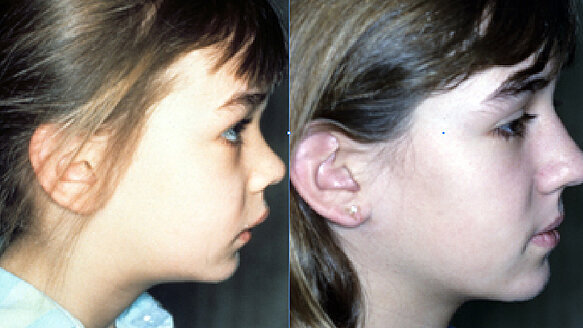



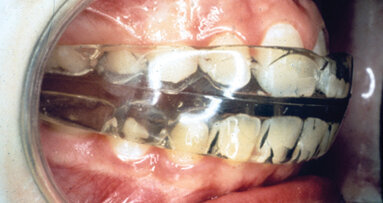

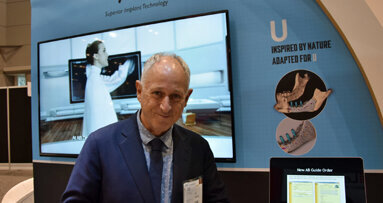
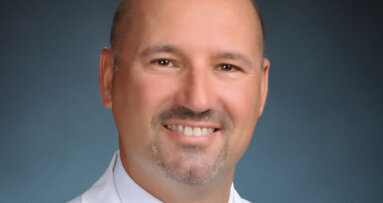
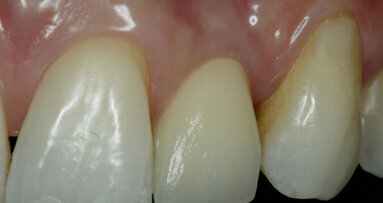
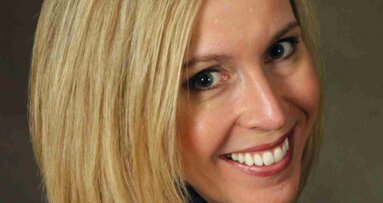

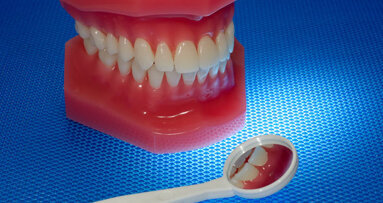
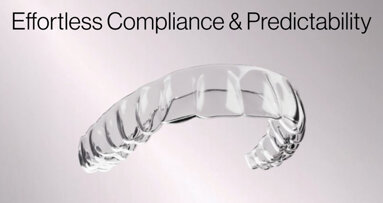


















To post a reply please login or register